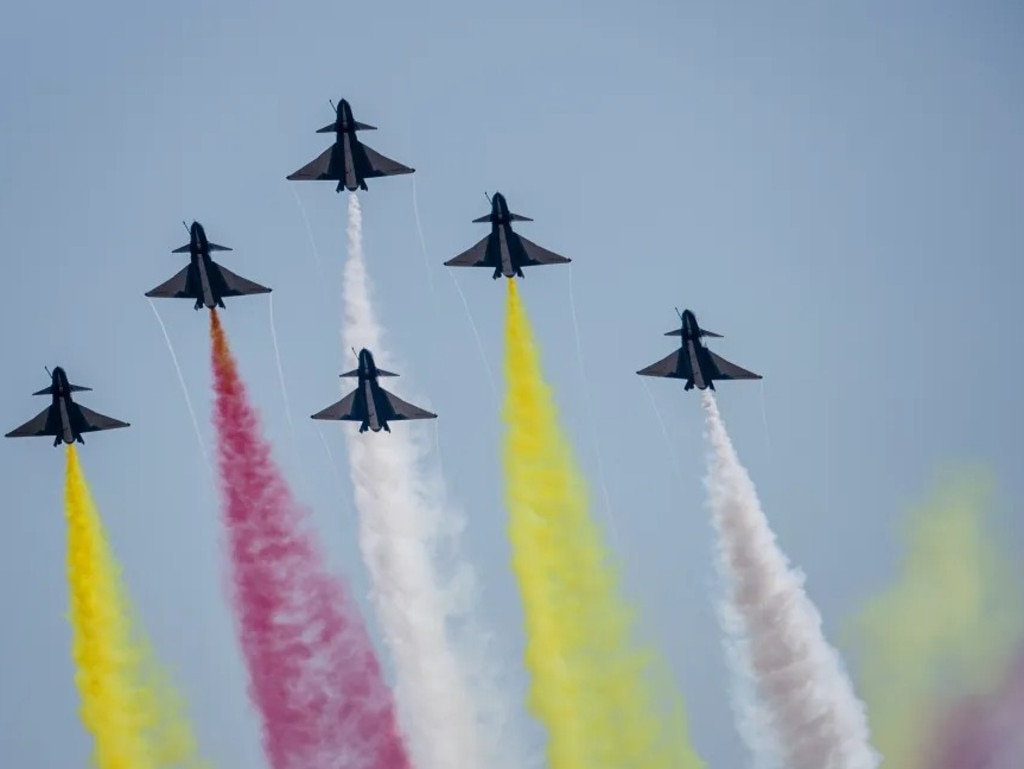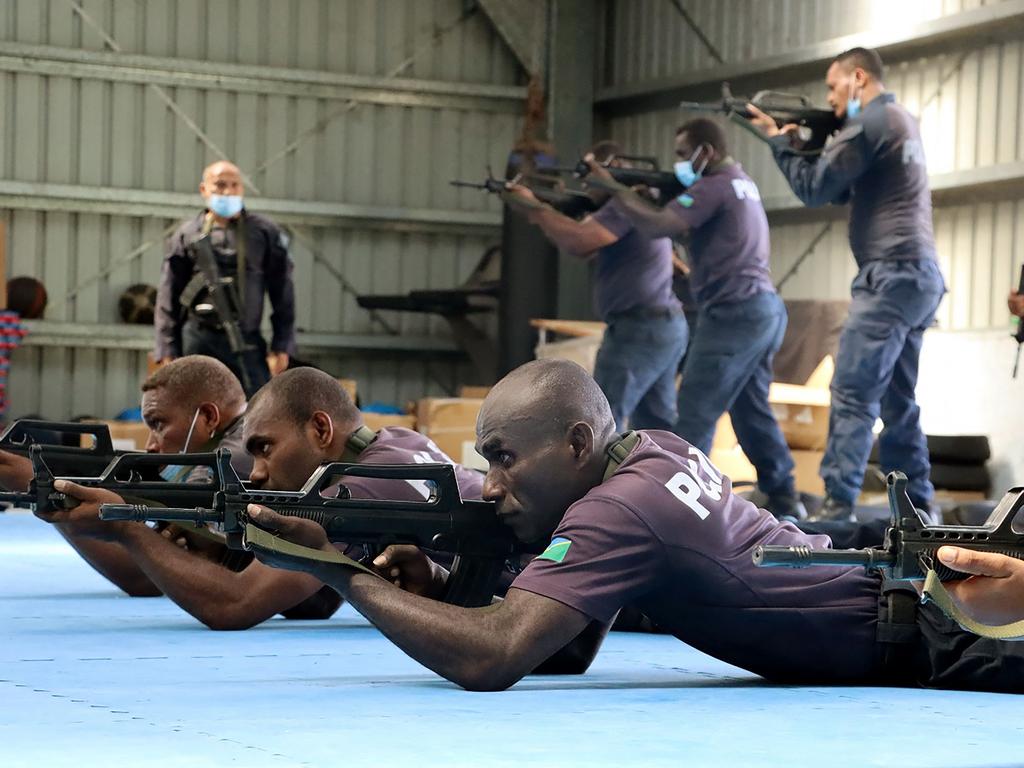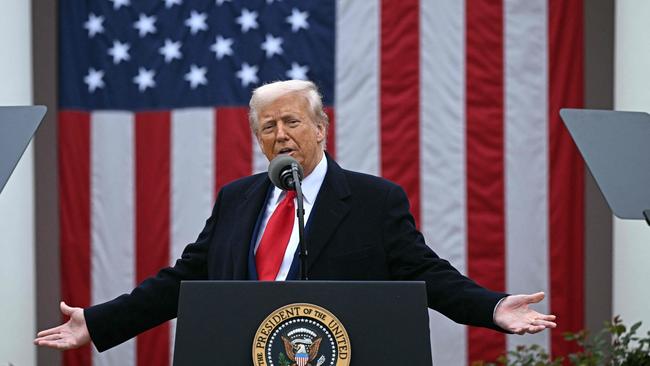
There’s no doubt that freer trade maximises economic wellbeing, as demonstrated by the world in 2020. After the best part of seven decades of globalisation – but pre-pandemic, pre-Ukraine, pre-October 7, pre the intensifying contest with China and pre-Trump 2.0 – the world was more free, more fair, more rich and more safe for more people than ever before in history.
This was the product of modernisation, globalisation and the long Pax Americana. Technology advanced, nearly every country gained access to it, and there was no war between major nations. Globalisation accelerated after the break-up of the old Soviet bloc and the admission of what then seemed a liberalising China into the World Trade Organisation at president Bill Clinton’s instigation.
But globalisation also has meant equalisation. Rich countries have continued to grow somewhat richer but poor countries, many of them at least, have grown very much less poor as people, goods, technology and ideas have moved more freely around the globe.
In China, for instance, half a billion people have moved from the Third World to the middle class in scarcely a generation. India, Indonesia and Vietnam are not that far behind in their economic takeoff. South Korea and Taiwan, at least in GDP per capita terms, are on par with the countries of western Europe, while Singapore and the Gulf states have far surpassed them.
In just two decades China has become the factory of the world. It’s now leading the world with the tallest buildings, the fastest trains, the biggest shipyards, the adoption of robotics and the development of artificial intelligence. And while American consumers have gained access to ever-cheaper consumer goods, robot vacuum cleaners, delivery drones and cars networked into a control centre in Beijing, the US is at risk of de-industrialising and on the verge of losing its traditional hi-tech pre-eminence.
If you’re in Bangladesh or Thailand, striving to have more, for more of your people, this is nearly all good. But if you’re in the US, or even Europe, navigating a rocky transition from manufacturing to services with an economically, socially and psychically impoverished rust belt while still trying to be the world’s policeman, it looks like you’re paying for other people’s success.
America still may be the source of most of the best ideas, but more and more of them end up taking form somewhere else.
The US, plus the West more generally, hasn’t been helped by the politics of climate and identity, and the long, morale-sapping march of the left through the institutions. But the brutal truth is that the weaponry for the US to maintain the military edge on which the Pax Americana has rested often now relies on components from its chief military rival.
While the US has largely played by market rules, China has stolen technology, subsidised national champions and manipulated markets in its drive for dominance. For Beijing, trade is just geo-strategy by other means. It was no commitment to economic freedom that had China embrace markets – just ruthless pragmatism, “biding and hiding” its way to being, as its leaders have often declared, the world’s No.1 power within 25 years and, meanwhile, to dominate East Asia.
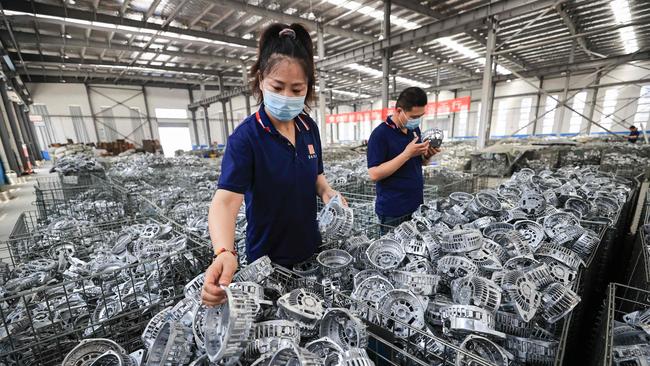
As the world’s one-time Middle Kingdom, with a fifth of global population, that’s not an unreasonable aim – except that a world dominated by China will more closely resemble China itself: where “east and west, north and south, the party leads all”, as opposed to the broad benevolence that has characterised the long Anglo-American ascendancy.
In hindsight, the West should never have thought that maximising wealth was the overriding policy objective. Freedom, justice and the ability to maintain independence matter, too: everything we strove for before the fall of the Berlin Wall beguiled us into thinking that American political scientist Francis Fukuyama was right and that history had ended with the permanent triumph of liberal capitalism.
The notion that freer trade is always and everywhere to be sought must now be revised. There are some capabilities that every country would be wise to maintain regardless of the operation of free markets, such as the ability to repair vehicles, ships, planes and machine tools; the capability to make steel and aluminium, with a sufficient industrial base to produce items at need from munitions to medicine; plus stockpiles of essential goods for periods of global disruption.
As a general rule, freer trade still makes sense between strategically like-minded countries under the rule of law, with comparable standards of living, because that increases competition between more businesses on largely level playing fields. That’s a tick for the trade deals Australia did with Japan and South Korea (while I was prime minister), and for the deal Australia did with Britain (while I was on the British Board of Trade).
Freer trade between like-minded countries under the rule of law but with quite different standards of living makes sense if there’s no real issue when more labour-intensive industries migrate abroad. That’s a tick for the trade deal Australia did with India when I was special trade representative.
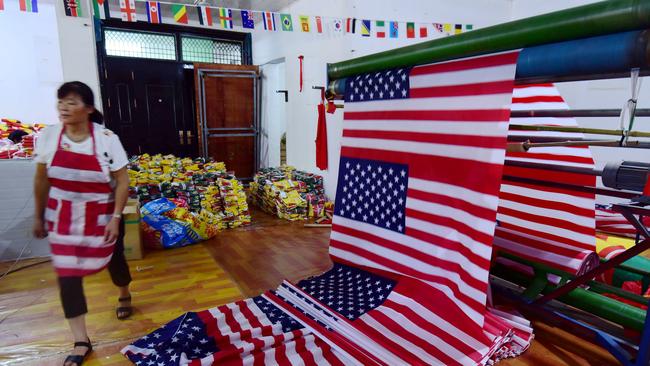
But freer trade between strategic competitors just gives an aggressor more economic leverage to achieve a political objective. In 2020, China weaponised trade against Australia, for instance – boycotting some $20bn of our coal, barley, wine and seafood exports – as punishment for our call for an independent inquiry into the origins of the Wuhan virus. In total disregard of the 2015 trade deal, done when I was PM, when it was still realistic to expect China to keep liberalising.
Even so, there’s no problem trading with China provided it adds as much to our economic strength as to theirs. The mistake all our businesses should avoid is having China enmeshed in critical supply chains that could be turned off like a tap if it suits the commissars in Beijing to make trouble.
To his credit, Donald Trump was the first US president really to appreciate that the China challenge was economic as much as strategic. Yet so far on the global stage the 47th President has been at least as disruptive as constructive.
In 100 days, Domestic Trump has controlled immigration, clarified that there are only two genders, started to “drill, baby, drill” and tried to make government more efficient; that’s a big tick all around. But Foreign Trump is a mixed bag: a big tick for getting Europe to do more in its own defence, even if that means rudely ruffling diplomatic feathers; but not for repeatedly insulting Canada as the 51st state, threatening to annex Greenland and hitting allies with tariffs ranging from 10 per cent to 25 per cent.
Then there are the “on yesterday, off today, who knows tomorrow” tariffs – not revenue-raising but trade-destroying – on China that the President’s boosters say are all a cunning plan to force free trade on the democratic world while economically isolating China, and restoring America’s military-industrial base.
Maybe unsettling everyone is the “art of the deal” – but the process risks trashing America’s brand. What is, indeed, insufficiently acknowledged is how the US has made the modern world, and all the blood and treasure it has expended to keep it safe. But even America’s critics have usually conceded its goodwill. In the words attributed to Alexis de Tocqueville, “America is great because America is good and if America ever ceases to be good, America will cease to be great.”
That’s what “putting America first” risks forfeiting in the current tariff wars: America’s reputation for high-mindedness and its unique standing as the benevolent hegemon.
Trump’s America can do great things when it chooses to – like defuse, it seems, a potential nuclear confrontation on the subcontinent and possibly stop Syria from being a failed state. But it’s hard to know where Trump’s America really stands and whose side it’s really on.
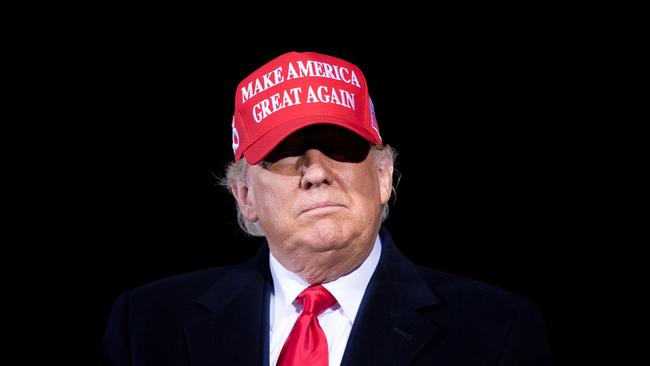
In the meantime, the world’s problems are not going away: the Russian army is inching towards Kyiv; Beijing is rehearsing the blockade of Taiwan; and Tehran is still seeking the means to annihilate Israel. Free-ish trade, amid so much else, won’t survive a major war or even sustained, long-term rearmament, so others must try to meet the challenges long left to the US for a modicum of peace to last.
Why shouldn’t Britain and France step up to provide the security guarantee that Ukraine must have after any ceasefire? Why shouldn’t Israel take its own steps to deny Iran the nuclear weapons it would almost certainly use? Why shouldn’t Japan consider what’s needed to secure Taiwan? Why shouldn’t Australia pick up the burdens a capricious America has laid down in the Pacific? Why shouldn’t South Korea sub in for what’s currently Chinese in the wider world’s supply chains?
Why wouldn’t India, the other democratic superpower, consider what steps it might take to buttress freedom and democracy in the wider world, given that it has been such an exemplar of both?
Why wouldn’t Britain, Canada, Australia and New Zealand swiftly conclude a comprehensive free-trade deal, given that the CANZUK countries are already in the Trans-Pacific Partnership; plus a new security deal given that they’re all Five Eyes partners?
We can’t look to the US for the leadership it’s in no mood to give. Yet there’ll be no less need for leadership should American leadership decline. That just means other countries will have to be more adult about their global responsibilities.
Tony Abbott was prime minister from 2013 to 2015. This piece is based on a speech he delivered to the Asian Leadership Conference in Seoul.



